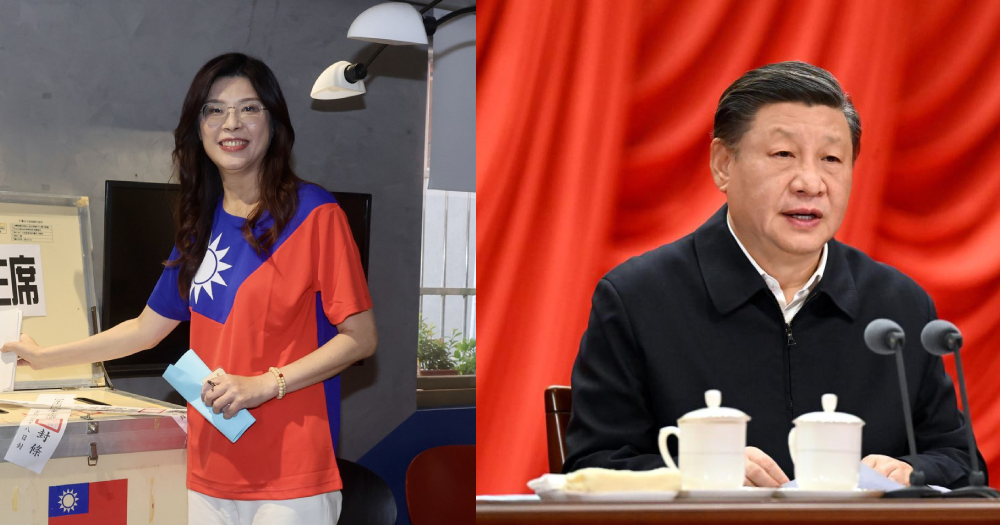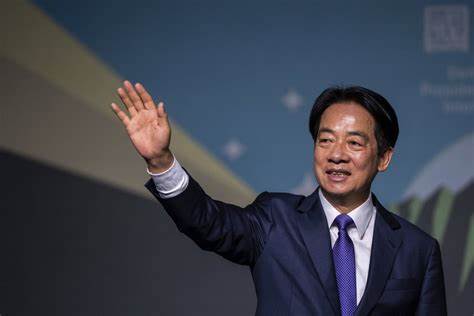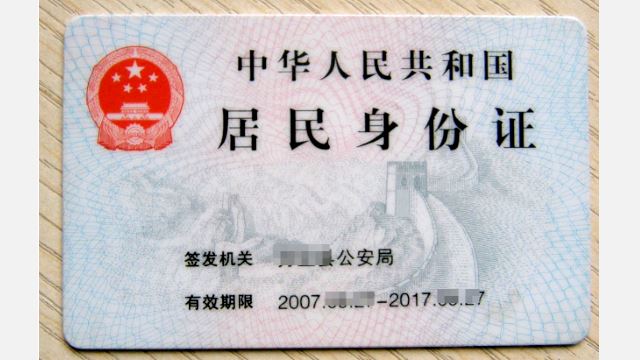Jake Saunders, Editor
Taiwan’s political landscape is currently experiencing a significant transformation, marked by growing divides among its elite factions. At the heart of this shift is the contrasting approach to cross-strait relations and national security between the ruling Democratic Progressive Party (DPP) and the opposition Kuomintang (KMT).
The DPP, under President Lai Ching-te, has intensified efforts to modernize Taiwan’s military and strengthen security partnerships with the United States and Israel. Lai’s administration has announced ambitious defense goals, including increasing military expenditure to 5% of GDP by 2030, and developing advanced missile systems like the “T-Dome,” inspired by Israel’s Iron Dome and the U.S.’s Golden Dome. This strategy underscores Taipei’s commitment to deterring threats amid rising tensions with Beijing, and deepening international military cooperation, including joint exercises and intelligence sharing with allies.
In stark contrast, the KMT, led by newly elected Chairperson Cheng Li-wun, advocates for a peaceful future rooted in dialogue and engagement with Beijing. Cheng, who took the helm in October, has emphasized the importance of avoiding conflict by fostering regional peace and normalizing relations across the Taiwan Strait. Her stance reflects a fundamental belief that Taiwan’s security is best maintained through diplomacy, not confrontation. She has warned that Taiwan’s current confrontational policies risk bringing the island closer to conflict, criticizing the government’s alliance with Washington and rejection of dialogue with Beijing.
The growing divide also encompasses foundational issues like the “1992 Consensus,” which the KMT continues to support as the basis for cross-strait engagement, while the DPP rejects it as a constraint on Taiwan’s autonomy. Beijing views peaceful reunification as its ultimate goal, but remains non-committal on the use of force. Recently, Chinese state media returned to emphasizing reunification as a priority, with articles suggesting that integrating Taiwan into China’s developmental framework offers economic and social incentives—better market access, job opportunities, and social protections—while promising to address what Beijing perceives as external interference.
Amid these tensions, Taiwan’s internal debate revolves around American support, national identity, and the future of cross-strait relations. The KMT’s emphasis on cultural ties and engagement positions it as a potential bridge for dialogue, which could influence Taiwan’s trajectory towards peace or conflict.
As the island navigates these complex dynamics, the path forward remains uncertain. Whether Taiwan’s political factions can find common ground and manage the delicate balance between security and diplomacy will be crucial in shaping the island’s future amid the evolving geopolitical landscape.



